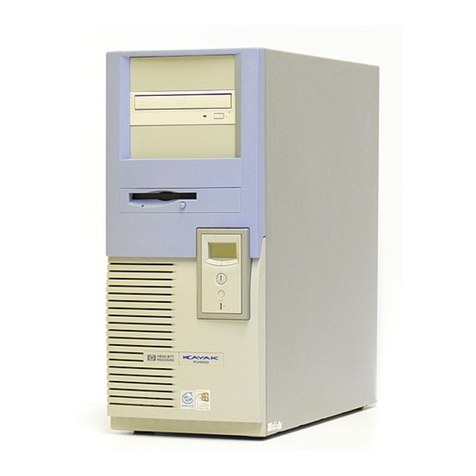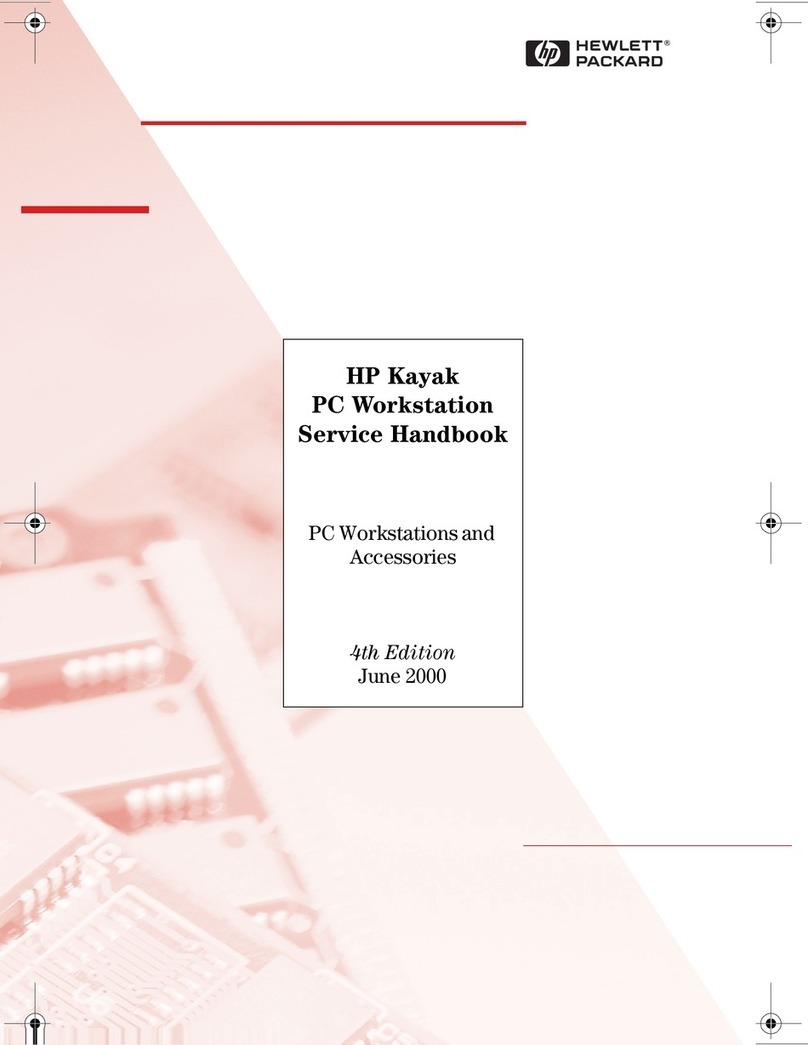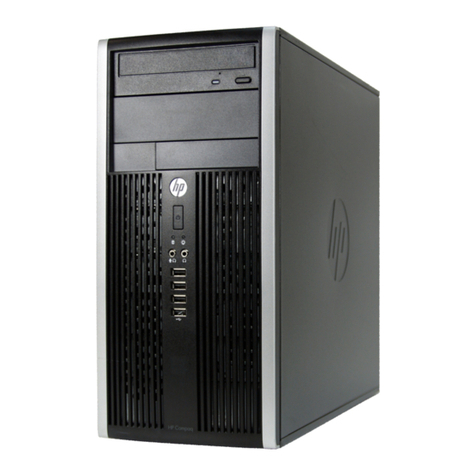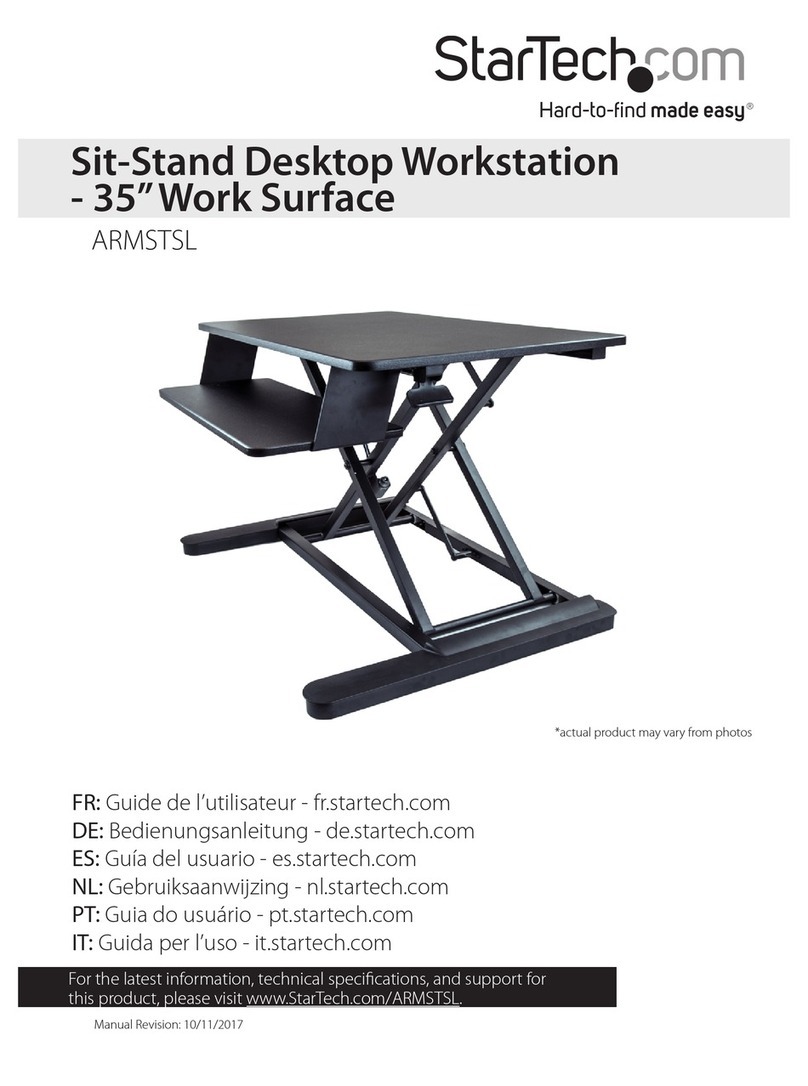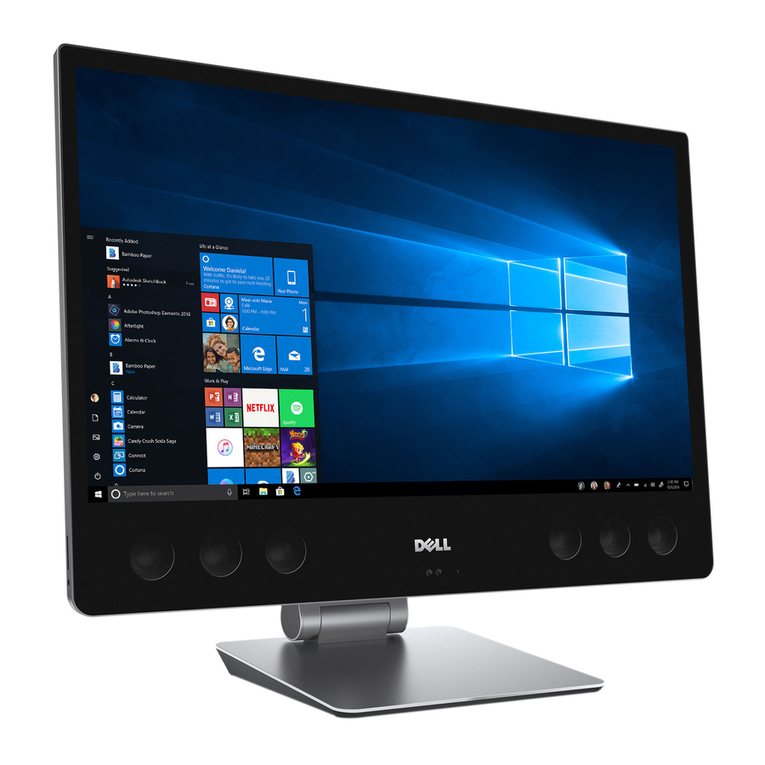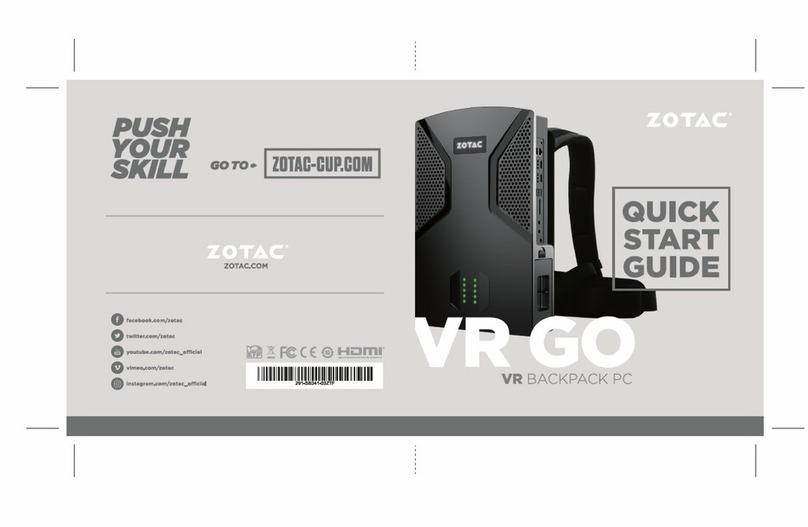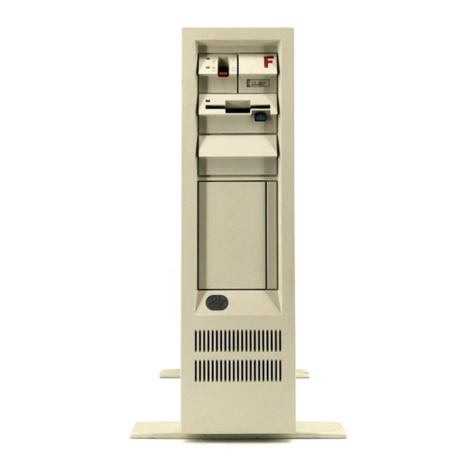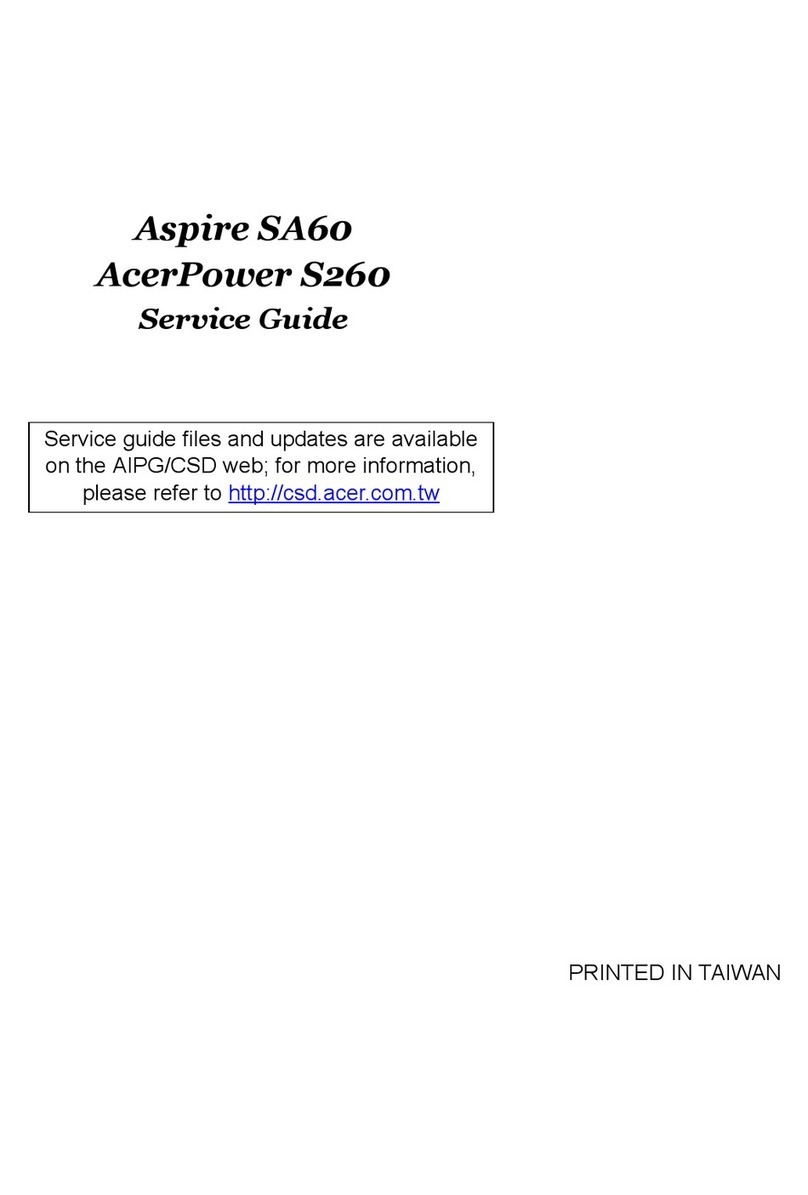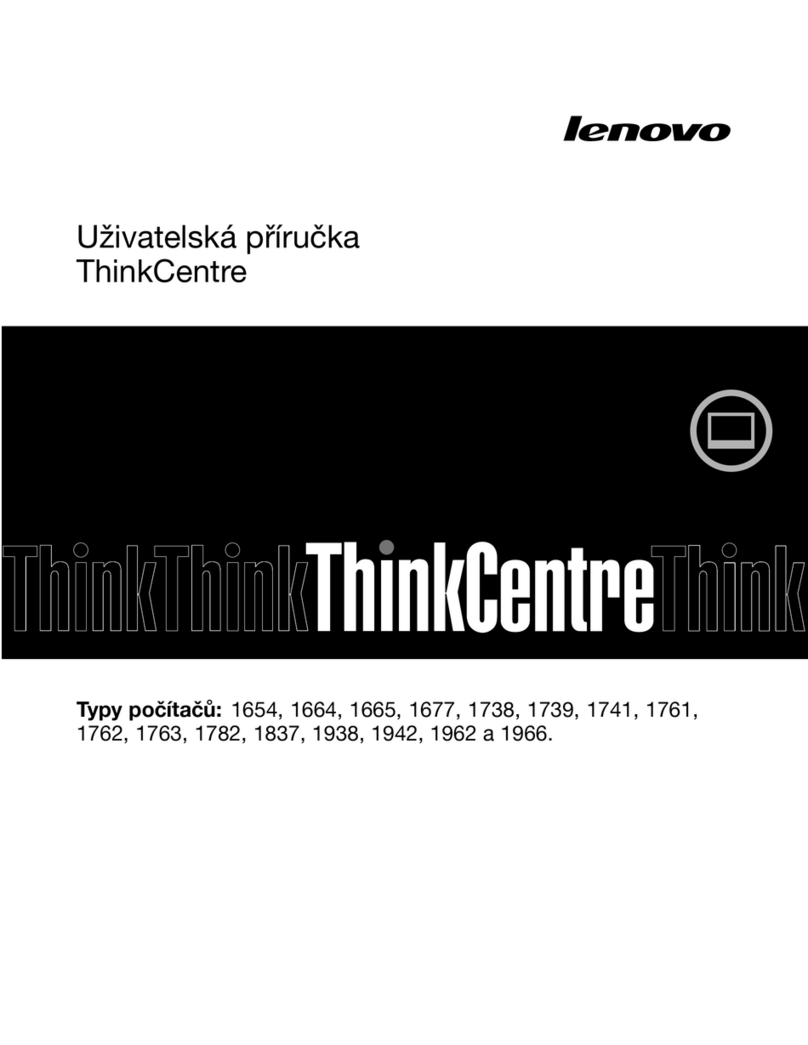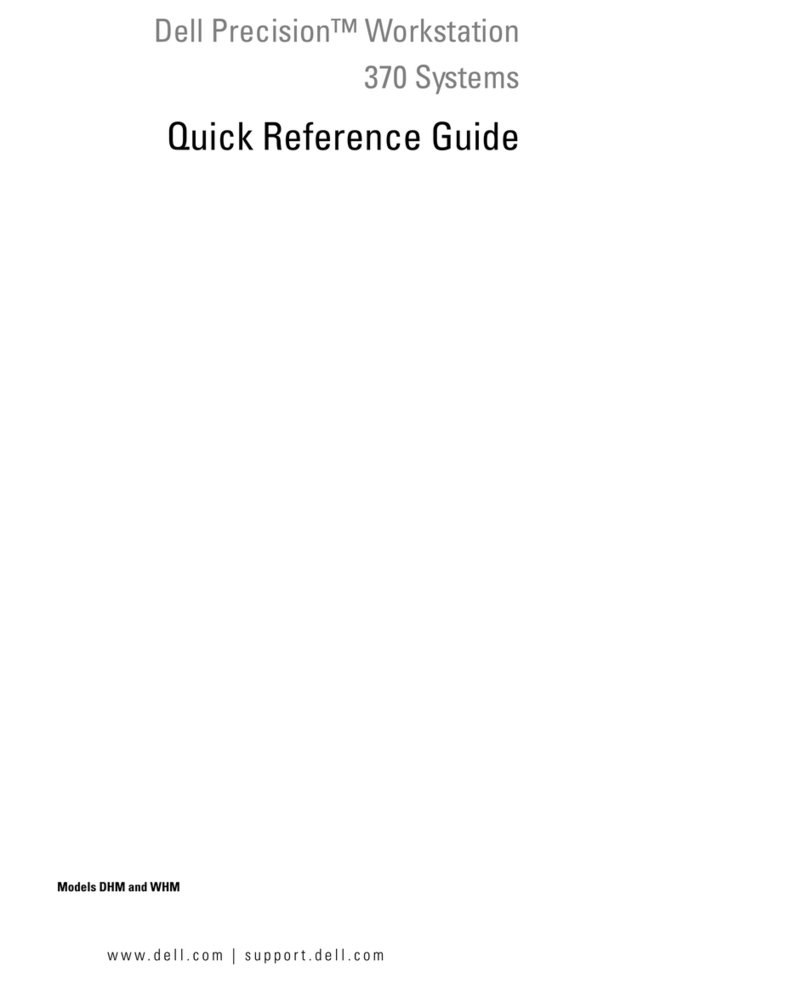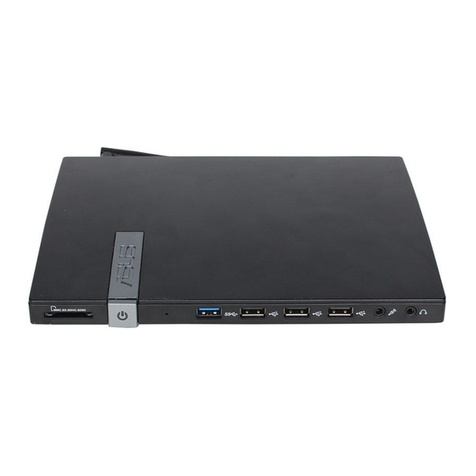HP 3000 Series 37 User manual
Other HP Desktop manuals

HP
HP Compaq Presario User manual

HP
HP Compaq 6000 Pro SFF Operating and maintenance manual
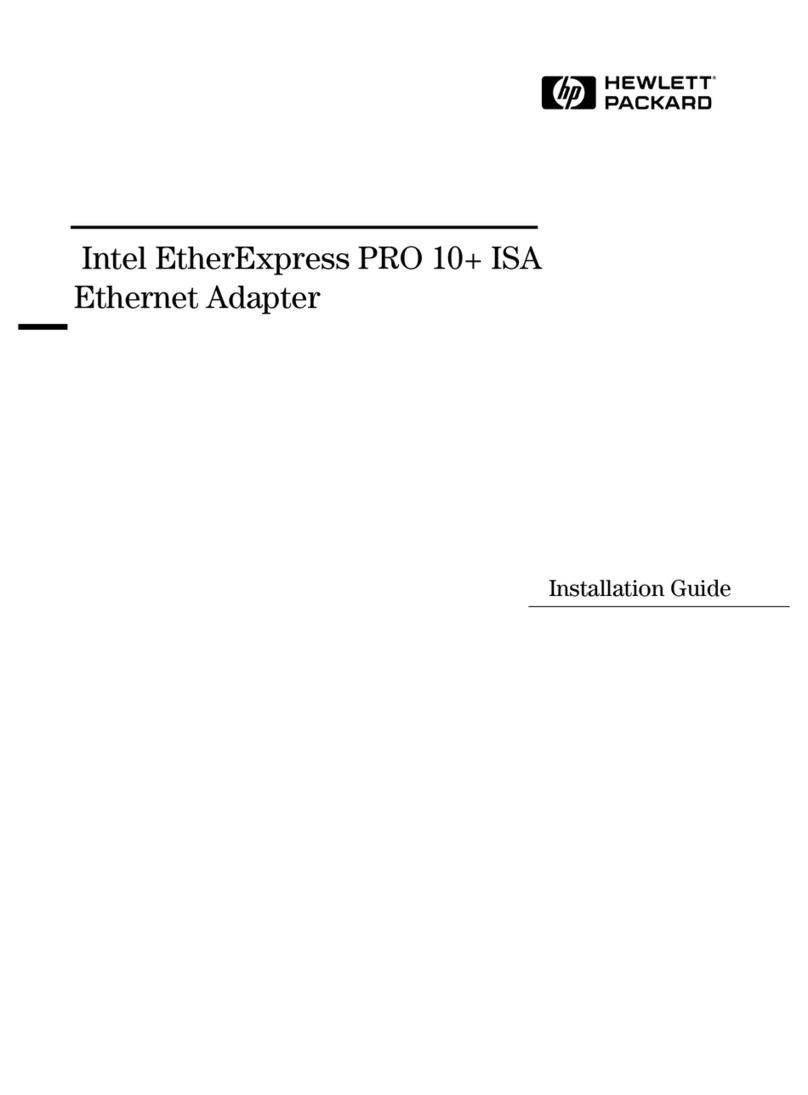
HP
HP Intel EtherExpress PRO 10+ ISA User manual

HP
HP Compaq Presario User manual

HP
HP ProOne 480 G3 Installation instructions

HP
HP ProDesk 485 G1 Installation instructions
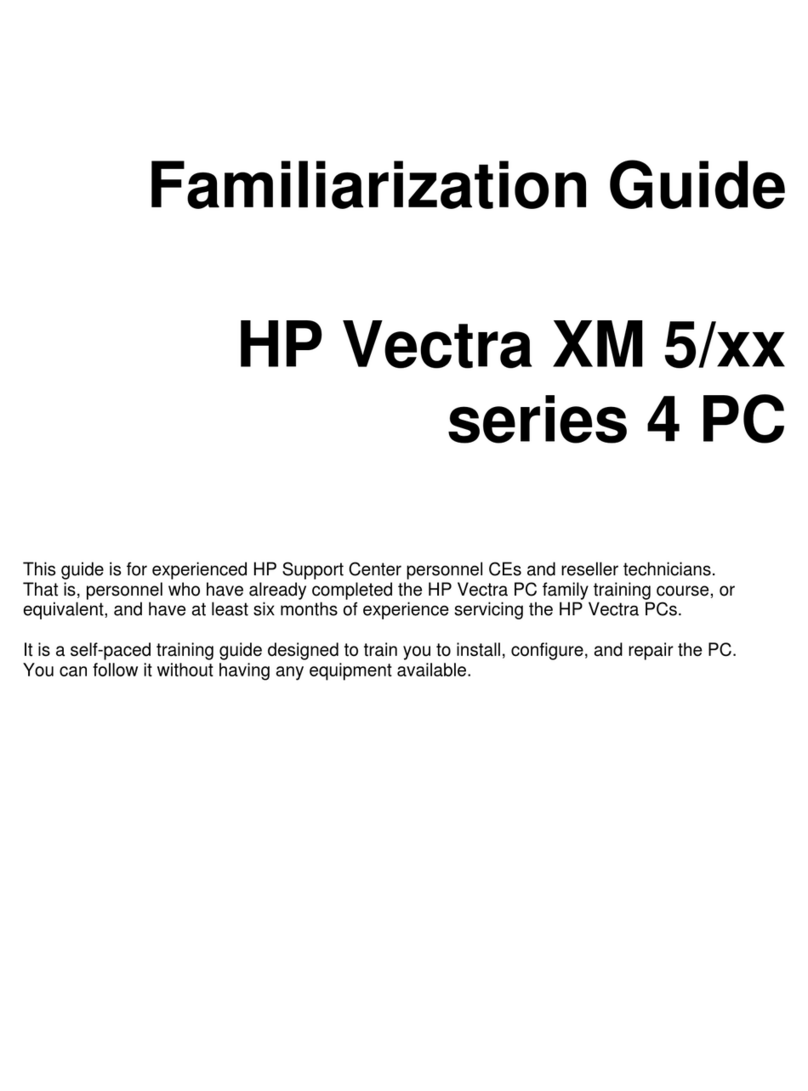
HP
HP Vectra XM5 4 Manual

HP
HP Compaq Presario Manual
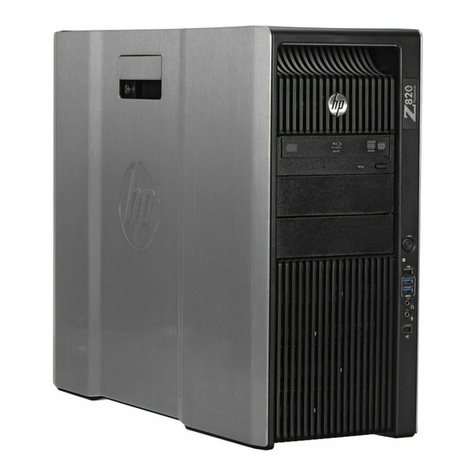
HP
HP Z820 Series User manual

HP
HP st5742 - Streaming Client User manual
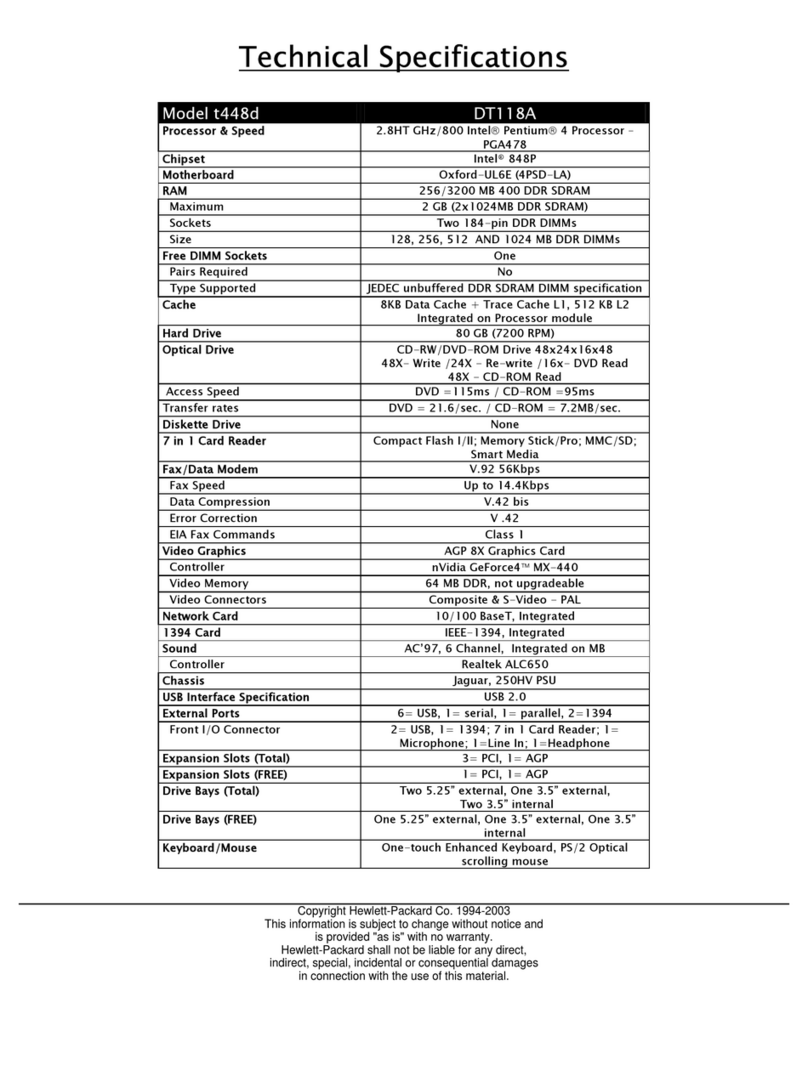
HP
HP Pavilion t448 User manual
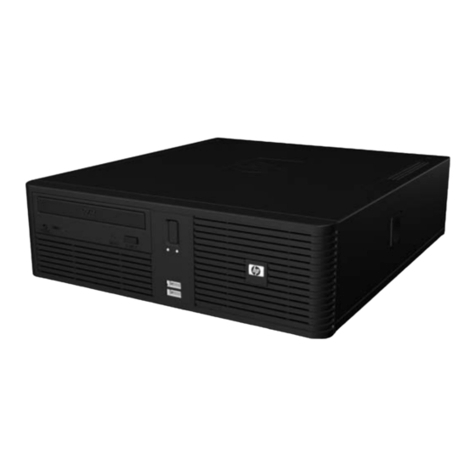
HP
HP Rp5700 - Point of Sale System Setup guide
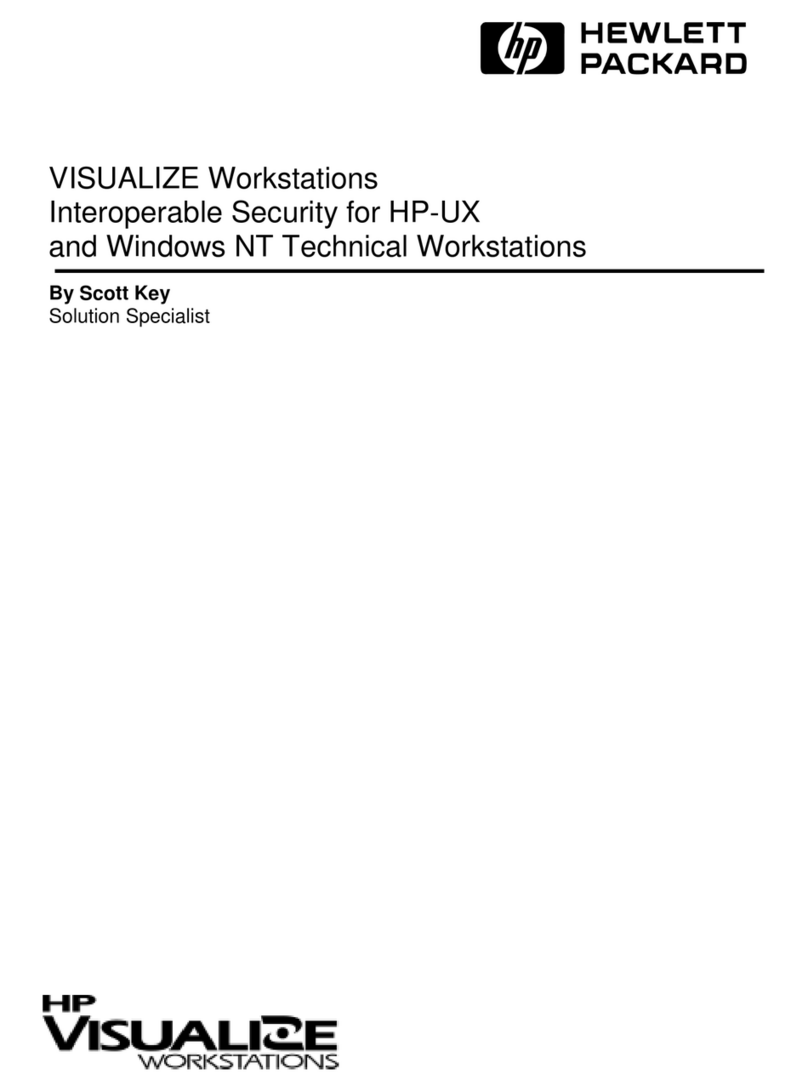
HP
HP c3700 - Workstation User manual
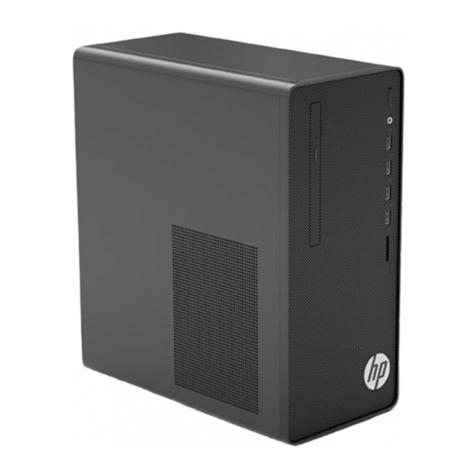
HP
HP 280 G5 SFF Business PC Assembly instructions
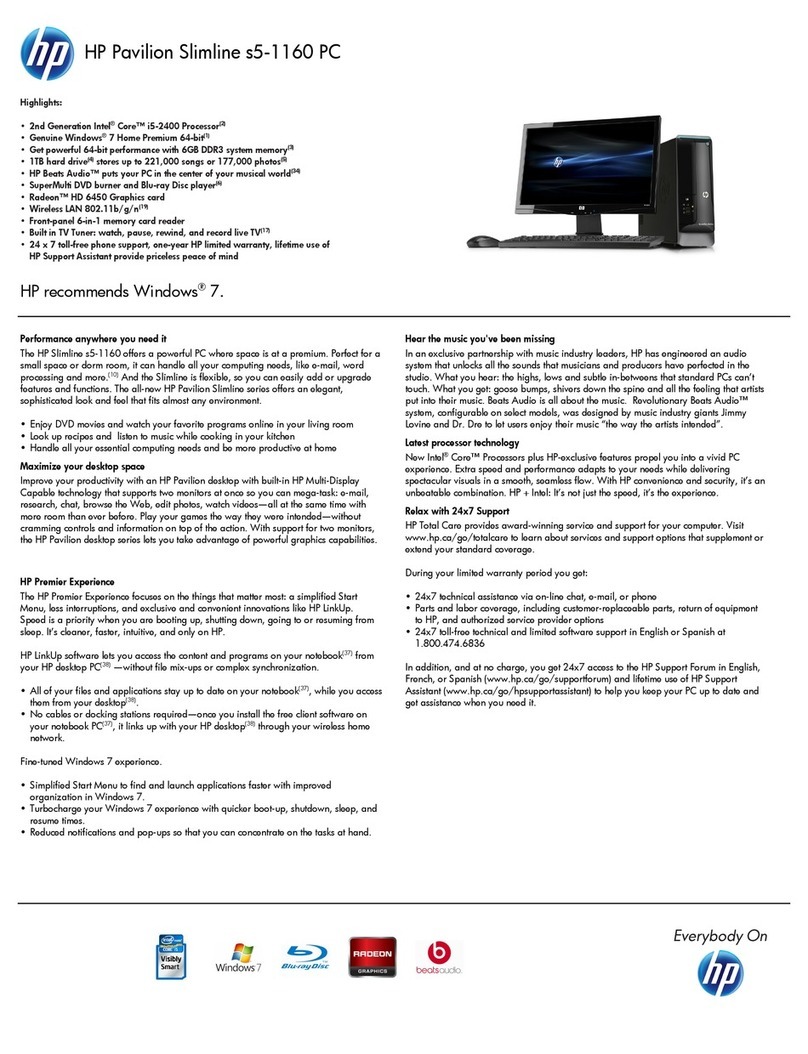
HP
HP Pavilion Slimline s5-1160 User manual
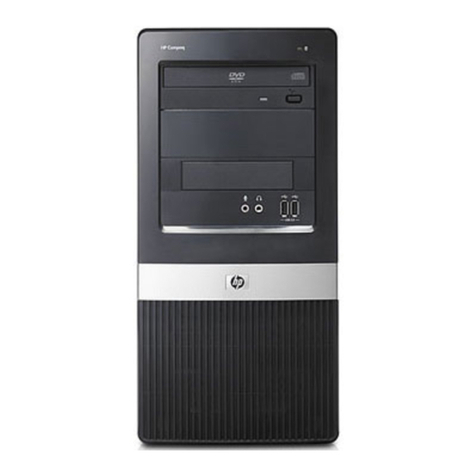
HP
HP dx2480 - Microtower PC User instructions

HP
HP D7171A - NetServer - LPr User manual
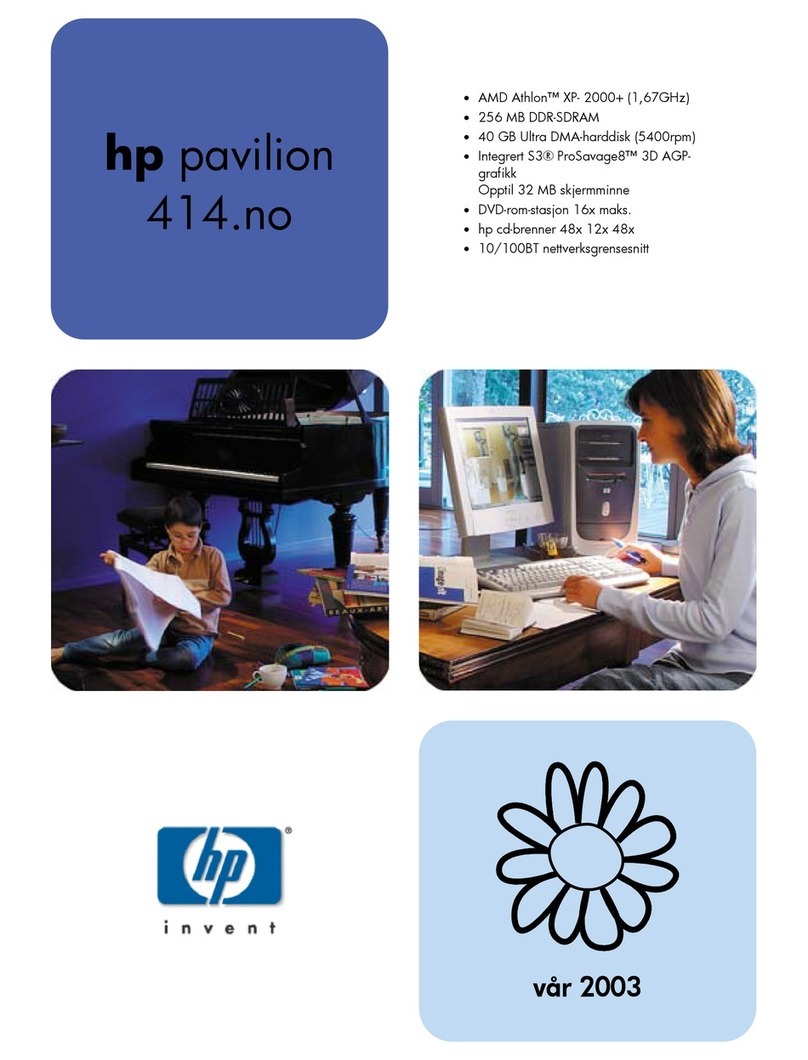
HP
HP Pavilion 400 - Desktop PC Installation instructions

HP
HP EliteOne 800 Operating and maintenance manual
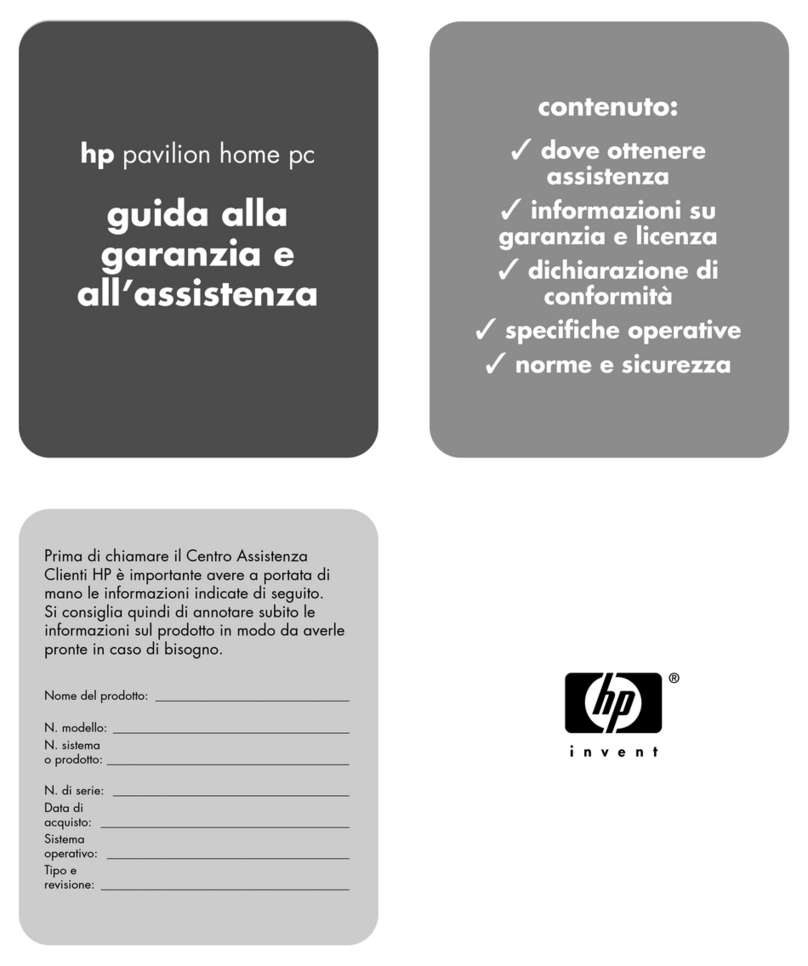
HP
HP A320m - Pavilion - 256 MB RAM Installation instructions

